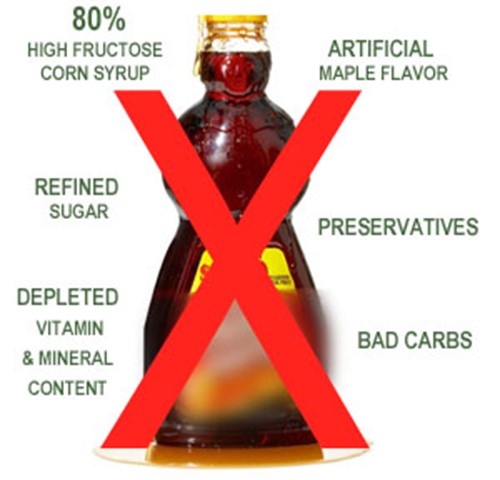
Q. Is producing maple syrup as simple as tapping a tree?
A. Most people think of it as hanging buckets on trees, but at Crown Maple we collect sap through an extensive tubing system in forestland owned by Madava Farms in Dutchess County. In total we have about 150 miles of plastic tubing. We tap the sugar and red maple trees in early January when it’s still freezing at night. When the temperature gets above freezing in the day, the sap starts to run and we collect it for processing in our sugarhouse.
Is the season the same every year?
This year it was quite a bit colder, so the sap season started a little later, in March instead of February, and it ran until mid-April.
How do you transport the syrup?
Around midmorning, if the sun is out, the sap flows out of the tree, through the pipes to the collection house, where it is stored in large stainless steel tanks. On a good day, each tree produces about one gallon of sap. When it comes out of the tree, it’s about 2 percent sugar and looks clear.
What happens next?
Once the sap arrives at the sugarhouse, we store it in one of our 10,000-gallon tanks. The impurities are filtered out, and a machine takes out about 80 percent of the water. The concentrated sap is then boiled and stored in stainless steel barrels until it is bottled. All of this is done in one day. It takes 50 to 80 gallons of sap to make one gallon of syrup.
What do you do when the tree sap isn’t flowing?
We have almost 50,000 trees on Madava Farms’ 800 acres. Last summer, we installed 12,000 taps on trees on property leased nearby, which includes running wire, pipe and tubing through the woods. And we always have repairs because squirrels, coyotes and other animals nibble the plastic lines.
What do you like about your job?
I’m constantly going up and down hills and mountains, pulling lines through the woods and using a chain saw to cut branches. I don’t need to worry about fitness because I’m doing physical labor every day.














